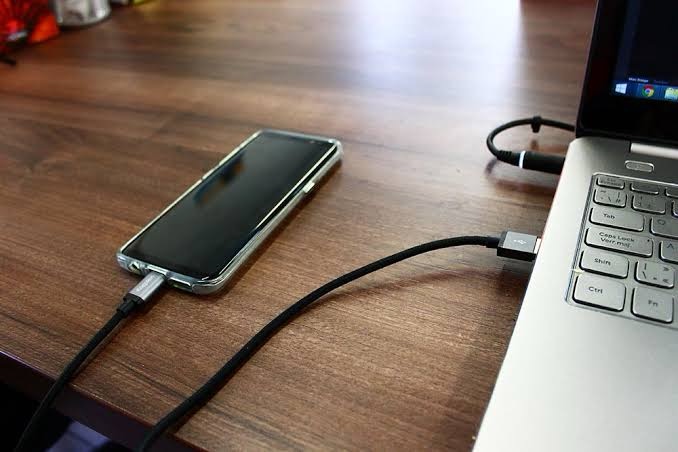Taking a screenshot on a Mac is quite straightforward and can be done using keyboard shortcuts. There are several different types of screenshots you can capture on a Mac, including capturing the entire screen, a selected portion, or a specific window. Here are the common methods:

1. Capture Entire Screen:
To capture the entire screen on your Mac, follow these steps:
- Press Shift + Command + 3 simultaneously.
- The screenshot will be saved as a file on your desktop with the name “Screen Shot [date] at [time].png”.
2. Capture Selected Portion:
To capture a specific portion of the screen, ensuring you have control over what you capture, follow these steps:
- Press Shift + Command + 4 simultaneously. Your cursor will turn into a crosshair reticle.
- Click and drag to select the area you want to capture.
- Release the click, and the screenshot will be saved as a file on your desktop.
3. Capture Specific Window:
To capture a specific window on your Mac, follow these steps:
- Press Shift + Command + 4 simultaneously.
- Press the Spacebar. Your cursor will turn into a camera icon.
- Move the camera icon over the window you want to capture. The window will highlight when selected.
- Click on the window, and the screenshot will be saved as a file on your desktop.
These shortcuts work on most Mac models, including MacBook Pro, MacBook Air, iMac, and Mac Pro. The screenshot file format is PNG by default, but you can change it in the settings or convert it to another format if desired.
If you want to take a screenshot of the Touch Bar on the MacBook Pro, you can use the Shift + Command + 6 keyboard shortcut.
These methods should cover most of your screenshot needs on a Mac. However, if you need more advanced screenshot options or annotation capabilities, you can also use the built-in macOS app called “Grab” or third-party apps available on the Mac App Store.







